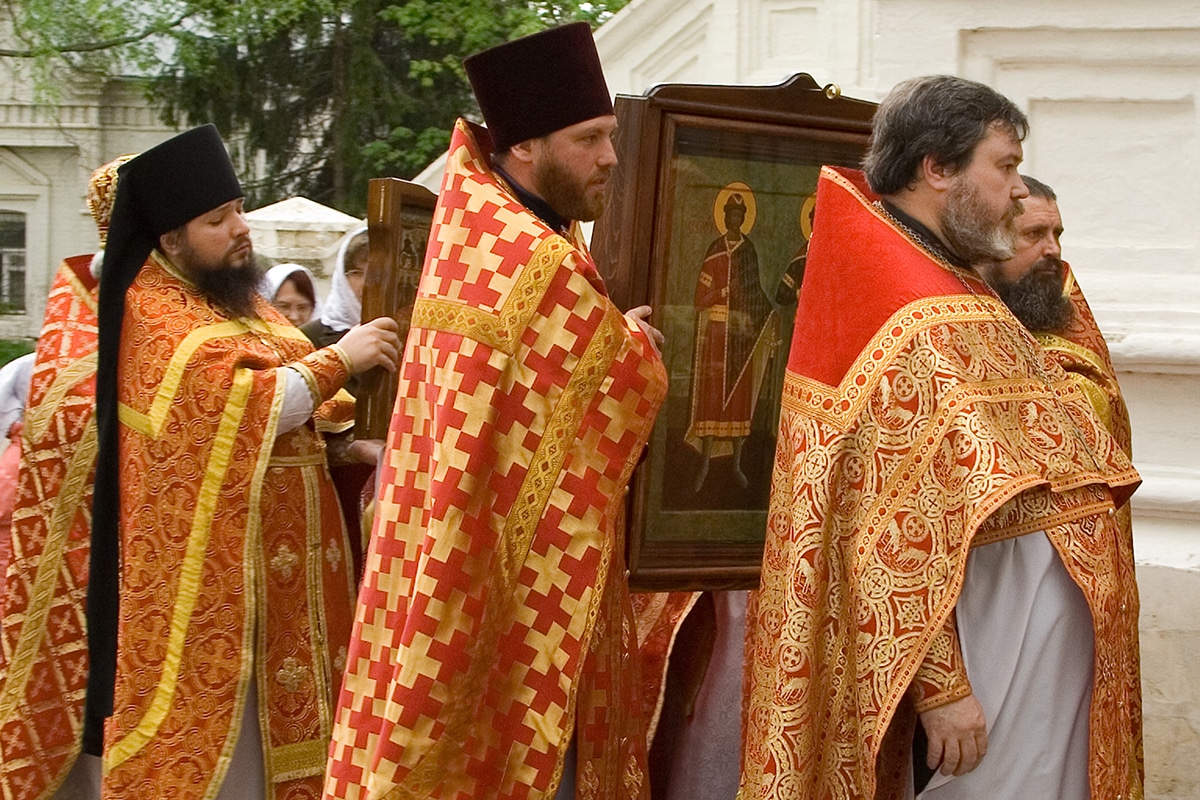
Liturgical colors are an important aspect of the liturgy of the Catholic Church. Since ancient times, these colors have been used to symbolize different aspects of faith and to help the faithful enter into the spirit of the liturgy. Each of these colors represents a specific theme, such as repentance, hope, victory, and joy, and is used at different times of the liturgical year. Do you want to know which ones? Then keep reading!
The importance of liturgical colors lies in their ability to help the faithful to participate more fully in the liturgy and to deepen their faith. By wearing specific colors at different times of the liturgical year, the faithful can show their commitment to their faith and join the community in celebrating the sacraments. Also, these colors can help create a sacred environment conducive to prayer and meditation. In this article we will explain what are the liturgical times and their corresponding colors. I hope this information is interesting for you!
What are the 4 liturgical times of the Catholic Church?

Before talking about the liturgical colors, we will first highlight the most important times in this calendar. These are basically periods established in the liturgical calendar of the Catholic Church that commemorate and celebrate key events in the life of Jesus and the history of salvation. Each liturgical season has its own theme, liturgical color, and forms of prayer and worship.
These liturgical times help Catholics to live a deeper and more meaningful experience of their faith and strengthen your relationship with God. In addition, they provide a structure for prayer and worship throughout the year and help the faithful connect their daily lives with the faith and message of Christ. There are a total of four liturgical seasons, and they are the following:
- The Advent: It is the liturgical season that begins four weeks before Christmas. During this period, Catholics prepare for the coming of the Messiah through prayer and penance.
- Christmas: It commemorates the birth of Jesus in Bethlehem and lasts from December 24 to January 6. It is a time of joy and celebration for Catholics.
- Lent: It is the liturgical time of 40 days before Holy Week, which culminates in the celebration of the Resurrection of Jesus. During this time, Catholics prepare for Easter through prayer, penance, and helping those in need.
- Easter: It commemorates the Resurrection of Jesus and is the most important celebration of the year for Catholics. Holy Week is an integral part of Easter and includes the celebration of the Last Supper, the Crucifixion, and the Resurrection of Jesus.
What is the liturgy?
We already know what the four liturgical seasons are, and before talking about their colors, we are going to clarify the concept of the liturgy, in case it is not clear. It is about the set of rites and ceremonies that are carried out in the Catholic Church to worship God and celebrate the sacraments. The liturgy is a way of expressing faith and communicating with God through prayer, music, singing and active participation in the rites.
When we talk about liturgical year, we refer to the annual calendar that organizes the liturgy of the Catholic Church. This calendar is divided into liturgical times, each of which has a theme and a series of festivities and memorials that we have mentioned above. The liturgical year begins with Advent and ends with the Solemnity of Christ the King. Throughout the liturgical year, Catholics have the opportunity to celebrate and reflect on key events in the life of Jesus and salvation history.
What are the liturgical colors and their meaning?

Liturgical colors are colors used in the liturgy of the Catholic Church to symbolize the meaning of the different liturgical seasons that we have mentioned above. There are a total of five that are official and each of them is related to a specific holiday and meaning. Let's see what they are:
- Purple: It represents repentance and penance and is used during the Advent season and Lent.
- Red: It represents the love and sacrifice of Christ and is used on important dates such as Palm Sunday and the feast of Pentecost.
- Green: It represents hope and life and is used during most of the liturgical year when it is not in times of Advent or Lent.
- White: It represents the purity, innocence and victory of Christ and is used at Christmas, Easter and in the celebration of saints.
- Rose: It represents joy and hope and is used on the third Sunday of Advent, known as Gaudete (Rejoice) Sunday.
Who wears the liturgical colors?
In the liturgy of the Catholic Church, the liturgical colors are used mainly in the vestments of the ministers of the Eucharist, that is, the priest and deacons. During the mass, they wear a tunic or stole that corresponds to the liturgical color of the day or of the liturgical season in which they find themselves.
However, it is also common for the church, as a place of worship, and liturgical objects, such as candles and Advent wreaths, to bear the corresponding liturgical colors. Some faithful also choose to wear the liturgical colors as a way to participate more actively in the liturgy and manifest their faith.
It is important to note that the Catholic Church encourages the active participation of the faithful in the liturgy, but it does not impose a rigorous rule on clothing in celebrations. The decision to wear the liturgical colors is a personal matter and depends on the tradition and customs of each church and community. Ultimately, what is most important is that the faithful participate fully in the liturgy and deepen their faith.
Now that you know what are the liturgical colors that are played at different times, you can dress according to the Catholic Church if you wish.